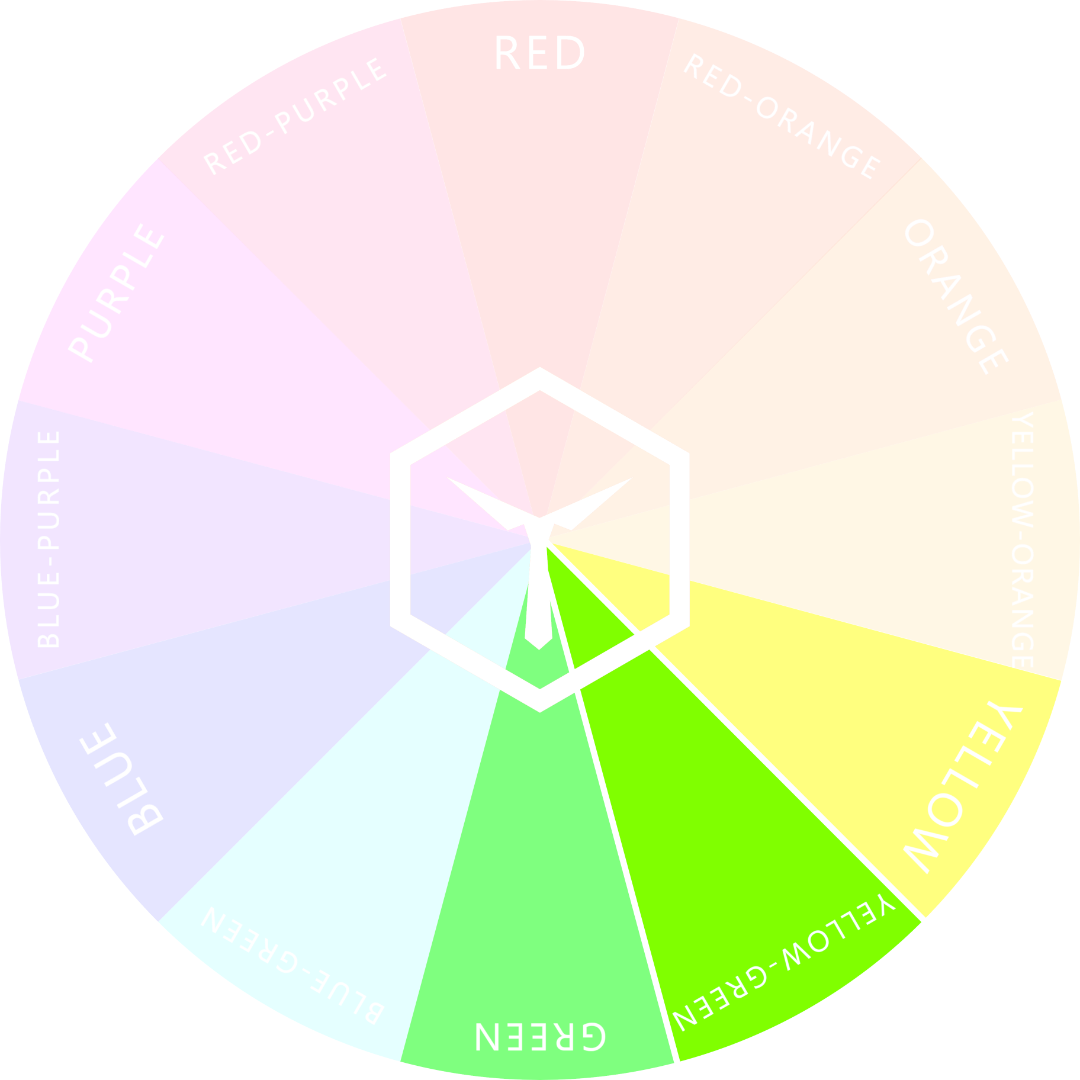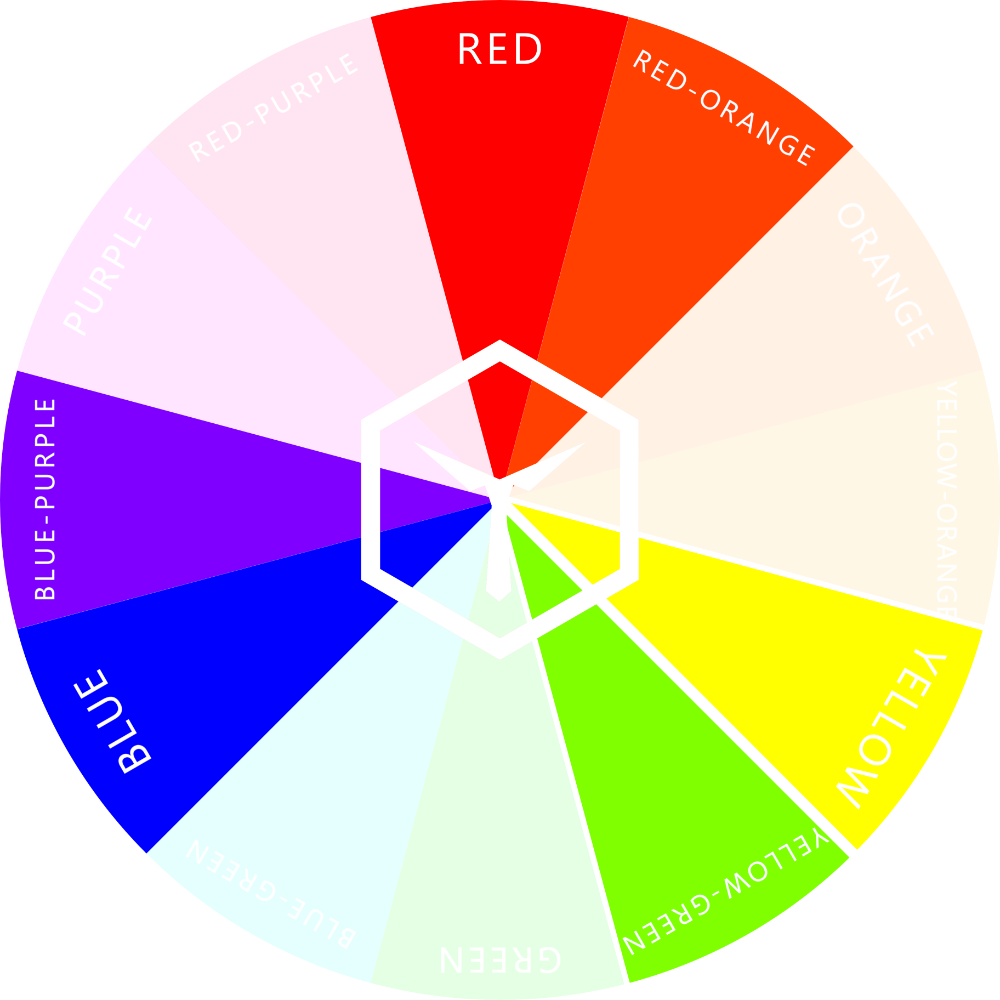Ideal Clothes Colors for Olive Skin
People with olive skin are undoubtedly beautiful. Their skin radiates a warmth reminiscent of sunny beaches and tropical islands.
But, as with everything, there’s a downside to having olive skin as well. Colors that suit other skin tones just don’t have the same look on skin that has a yellow-green tinge.
As you will come to understand in this article, some classic clothing colors just don’t harmonize with olive skin and we’ll tell you why.
What Colors are Best on Olive Skin?
The best colors to wear if you have olive skin are earth tones like beige, khaki, and brown. You can also wear shades and tints of green and all variations of colors from red to blue-purple.
But avoid colors like orange and turquoise. These can make your olive skin look pale and sickly. Blues and red-oranges are also not ideal.
White clothing works very well on olive skin since it has a darker, more tanned touch to it.
But why do certain clothing colors work well with olive skin, and some don’t? Well, first we have to understand what color we’re truly talking about to understand how it reacts to (and in combination with) other colors.
What is Olive Skin?
Olive is a color that many believe to be a sort of green. Well, suffice to say it isn't exactly.
Olive is a dark color that is of a hue found between yellow and green on the color wheel. That hue is called yellow-green (how creative!).
*this yellow-green has more yellow in it than regular yellow-green. Both dark versions can be considered olive.
Some olive tones lean more toward yellow, others have more of a green tinge. This depends on the amount of blue undertone in the skin. Bluer skin looks greener (more olive) whereas yellower skin has more of a golden or bronze look.
Olive-skinned people are typically Fitzpatrick Type III or rarely IV, which means they have skin with dark yellow-green undertones that tans easily and sometimes burns under excess sunlight. Such individuals usually have dark hair and eyes as well.
Important: Being olive-skinned does not mean that your skin is actually olive. It’s all about undertones. These are certain colors that “shine through” the upper layers of your skin.
So, with that out of the way, how do you go about matching colors to olive skin?
Matching Clothing Colors to Olive Skin
Finding colors to match your skin tone becomes astonishingly easy if you know how the color wheel and the rules of contrast work. There are a few guidelines you must stick to:
Complementary, analogous, triadic, and monochromatic colors to yellow-green and/or yellow pair great with olive skin.
Hues from the “Danger Zone” of the color wheel (in relation to yellow-green and/or yellow) should be avoided.
Colors that don’t contrast your olive skin tone enough shouldn’t be worn either.
Follow these three rules and you’re good to go. Easy, right?
If only it were that easy! Let us explain in detail so you understand fully.
Colors to Wear with Olive Skin
Monochrome
To perfectly match your clothing colors to your olive skin, it’s easiest to go monochromatic.
This means that you choose a clothing color that has the same hue as your skin’s olive undertone. In other words: clothes that are either of yellow-green or yellow hue. Either should work fine.
Olive is nothing but dark yellow-green. Sometimes with more, sometimes with less yellow. Some people consider olive to be dark yellow, even.
Obviously, bold chartreuse and yellow would do the job perfectly. But there are other less eye-catching alternatives that may be more your cup of tea.
These examples include olive (duh), army, sunshine, lime, or any other variation of light/dark/pale yellow-green or yellow.
You can’t really go wrong by going monochrome (more on that later). But there are more dazzling and interesting alternatives.
Complementary Colors
You could always opt for “opposite” colors to your skin’s undertone when thinking about what to wear. In this case, you’d choose colors from hues on the opposing side of the color wheel.
Colors from the opposite side are called complementary. For olive, specifically, the complementary hue(s) are either red-purple or purple/magenta.
Complementary clothing colors contrast skin tones beautifully.
Wearing colors from those hues, such as purple, wine, lilac, bubble gum, and all other variations of dark/light/muted purple and red-purple, will look smashing against olive skin.
Wearing complementary colors to your skin tone adds visual interest like no other look. This has to do with the extreme amount of color contrast that opposite colors provide.
More on contrast later in this article.
Analogous Colors
Colors that are analogous to olive come from either one hue to the left or right of yellow-green (or yellow).
Analogous colors always work well as clothing colors.
In this case, we’d be talking about color from the green or yellow-orange hue. Or, if you’ve found out exactly whether your skin tone leans more on the green rather than the yellow side, the analogous hue would be yellow.
The analogous hue of a rather yellow-olive skin tone would be yellow-green.
For simplicity, let’s just say that it’s safe to wear all colors from the green all the way to the yellow-orange side of the color wheel if you have olive skin.
As olive-skinned individuals, you can easily stick to clothing colors that are from an earth tones palette. This means wearing colors like beige, khaki, and brown. These colors will harmonize with your skin tone beautifully and look natural.
So do all types of greens – as long as they don’t lean on the blue side. More on this later in the article.
Triadic Colors
You could also go triadic if that’s your jam.
The triadic colors of yellow-green and yellow work nicely with olive skin.
The triadic hues of olive are blue-purple and red-orange. If you’re skin’s olive is rather yellow than green, the corresponding hues would be red and blue.
All colors from those hues (all light, dark, bold, or muted variants) should look fine against yellow-green skin when worn.
Be careful when wearing colors from a triadic color scheme, though. Some colors might be too close to what we like to call the “Danger Zone” of the color wheel. In that case, they might clash with your skin tone.
Let’s discuss that issue, shall we?
Colors to Avoid with Olive Skin
As an olive-skinned person, you should avoid wearing colors like orange and turquoise – including all their dark, light, and muted variations. These colors will clash with your olive skin and can make you look pale and sickly – especially when they are of similar luminance (perceived brightness) as your skin.
Colors that come from the “Danger Zone” of the color wheel (in relation to yellow-green) will not go well with olive skin.
This is because their relationship is neither of monochromatic, nor analogous, complementary, or triadic nature. In other words: the hues are too alike, yet also too different. The human brain does not like that.
We have two full articles on why colors clash and which common clothing color pairs just don’t go together. You can read either by clicking on the links. The articles will open in new tabs – your progress reading this one will be saved.
Blue-green and orange live within the “Danger Zone” on the color wheel in relation to yellow-green.
Yes, this means that blue-green and orange colors don’t go well with olive skin. So sadly, common clothing colors like teal, mint, orange-browns, and tan won’t look flattering.
Sometimes, even certain blues and denim could look off. #sucks
Luminance is also a key factor when it comes to which colors look good (or not) when paired with olive.
Luminance is a fancy word for “glow” and is used in color theory to describe “perceived brightness”. Different colors can have the same luminance. In a black and white photo, they’d look exactly the same, in fact.
If your skin has the same luminance as your clothing, they will have little contrast of luminance. This could be so even if they have a lot of contrast of hue.
It’s important to wear clothing that has at least a bit of contrast of luminance to your skin tone. This is especially the case if you’re wearing earth tones since they don’t have much difference in hue to your olive skin.
In other words: clothing that is the same color and lightness as your skin might look weird – especially as a canvas.
Humans like contrast. Or rather: humans like the right amount of contrast. More on that in many of our other articles.
A Short Summary
There you have it, dear olive-skinned individuals!
The best colors to wear for you are earth tones that are either darker or lighter than your skin tone, purples (including more blue and red purples), and red variations.
Ideally, your clothing colors should be either darker or lighter than your skin’s tone. This means that you’re best off wearing pastels or deeper shades of the colors mentioned above. But this isn’t a must.
These colors just harmonize well with olive skin, don’t you think?
Stick to the principles in this article and you'll be sure to look your best! Thanks for reading.
We publish articles about three times a month – and they’re all about color in fashion. If you’re interested in that kind of thing, we suggest subscribing to our email list. We’ll notify you every time we publish something new. And no, we don’t spam you with marketing emails.
Alternatively, if you liked this article about the ideal clothes colors for olive skin, you could do us a solid by leaving a Google review. You’d help us out tremendously by doing so. Thanks in advance. You’re the best.
ARTICLES YOU MIGHT LIKE:













![How to Choose the Right Tie Color [Ultimate Guide]](https://images.squarespace-cdn.com/content/v1/5d91f9da52210569ede7ff3a/1647328953246-2F9L3J15P42J9N3WGMVE/COLORBUX+How+to+Choose+Neck+Tie+Color+BANNER+Thumbnail.jpg)